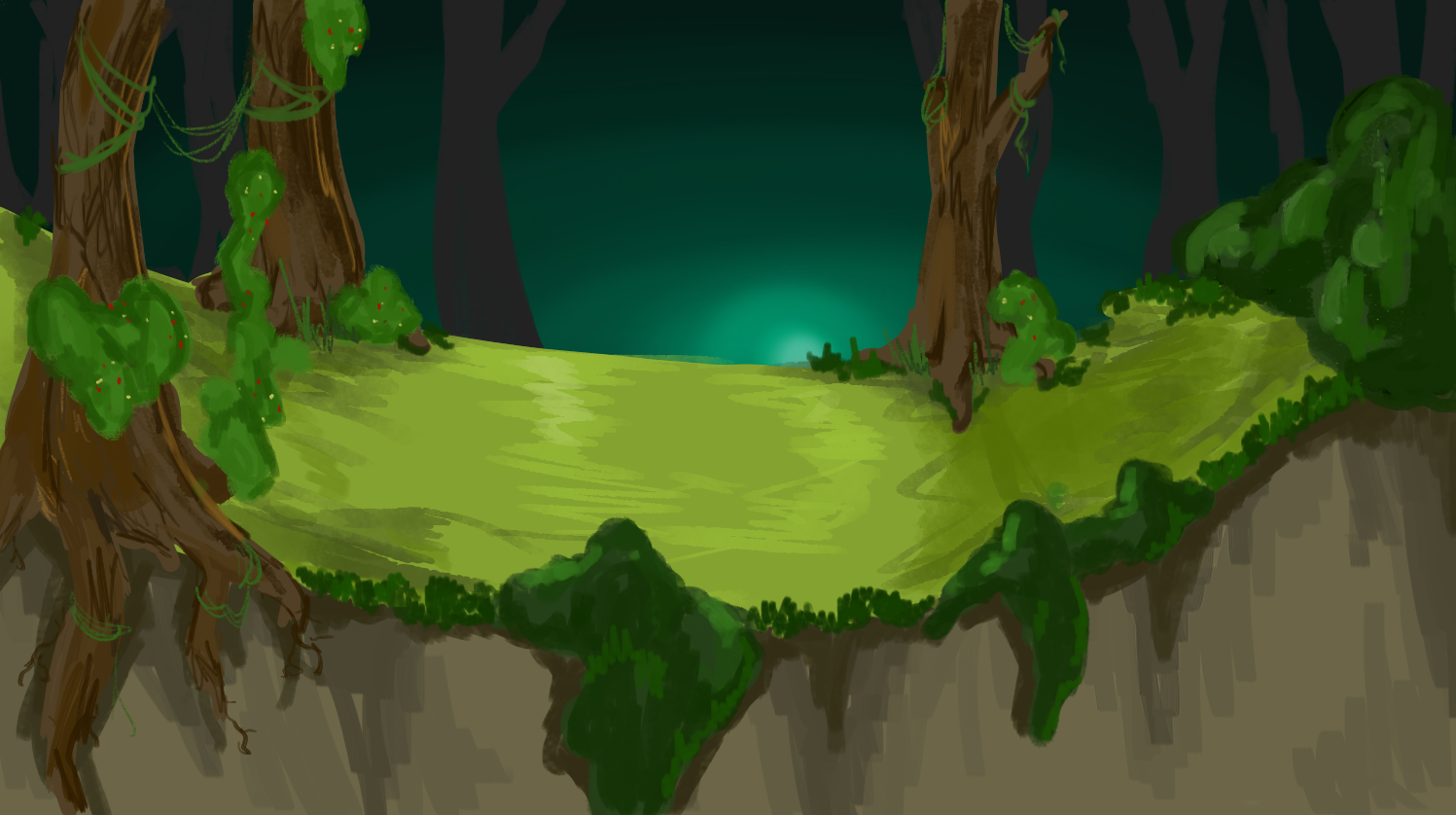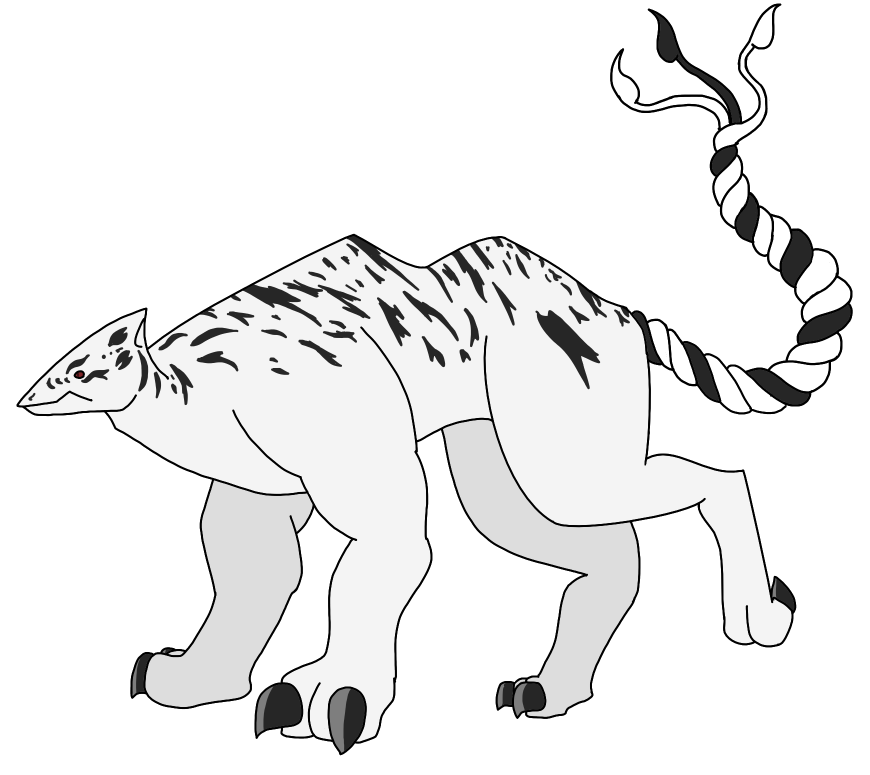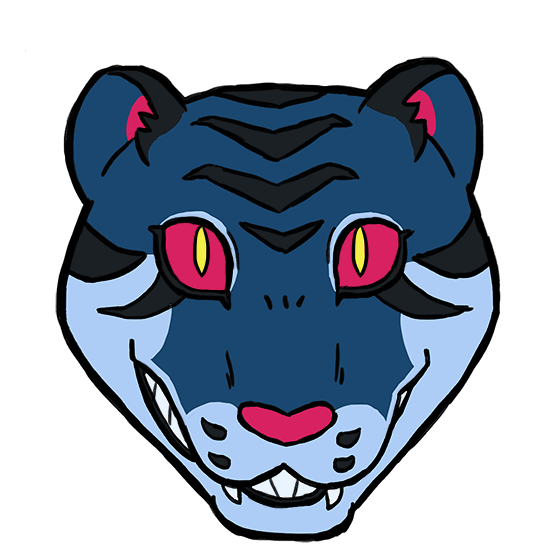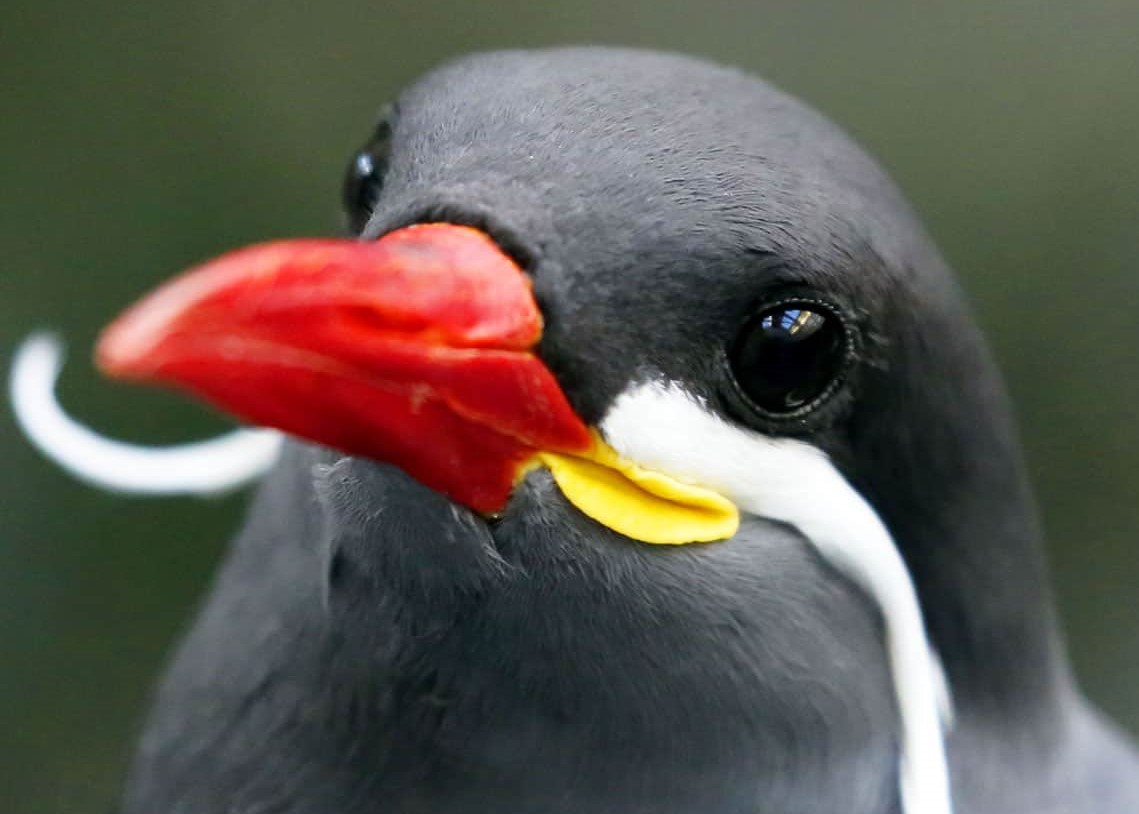Ecology of the Equator Range
Like all places on Maloruno, mammals are dominant and ever-present. Despite the difficult and treacherous conditions, there are a number of animals surviving in the Equator Range.
Mammals
Fire Fox
Creatures capable of setting their tails alight, fire foxes use their hot personalities and anatomies to fend off predators with a flick of their tail. They may appear fearsome and threatening when approached, but these animals just want a bit of love.
They make popular pets with runos that live lower down on the mountains.
Mountain Marmox
Mountain marmoxes make up one half of the Marmox genus. These inhabit the higher range of the mountains. They cling to rock faces with long serrated claws.
They are a common prey for other animals because of their abundance and lack of physical strength.
Meadow Marmox
The other half of the Marmox genus, these mammals inhabit the lower range of the Equator Range.
Long burrows throughout the meadows of the lowlands are carved by these animals, which can stretch up to a mile underground.
Equatorial Mountain Goat
The largest goat species on the planet, these animals can scale completely vertical cliffs hundreds of metres tall in minutes. They use this talent to evade predators, of which they have many.
Lowland runos use these goats to produce a very sour alternate milk, only drank when there are no other options.
Snowy Bonobo
The only primate species on the planet, most doubt their existences as there are no species remotely related to them. They are seldom seen, residing at the peaks of the mountain range.
Snowy bonobos are one of the most intelligent non-sophontic animals on Maloruno, using somewhat complex weaponry to hunt prey and building primitive homes.
Birds
Bridge Tern
One of three tern species on the planet, bridge terns inhabit the Bridge, connecting the Siil and Southern Equatorial Oceans.
These black and white birds fly close to the water's surface, scooping up fish and plankton that rest in algae gatherings.
Piklikop
Piklikops are a medium-sized wading bird that inhabit the various calderas of the peaks of dormant volcanoes. They stand perfectly still on the water's edge, mimicking felled trees and branches sticking out of the ground.
Obilok
Sweet songbirds, obiloks produce melodious calls which flow around the mountains. They are a dark grey, nesting in cliff-faces and digging into rock with their beaks.
Runos enjoy hunting these birds, glazing them in a thick honey and tree sap dressing, roasting them over a blazing fire until they are coated in ashes.
Amphibians
Toebiter
These miniscule newt-like amphibians swim quietly up to land-based animals drinking water from various calderas to nibble at their feet. Somehow, just a nibble gives them enough nutrients to keep surviving for a few hours until they need to nibble again.
Andran Toad
The largest toad species on the planet, andran toads are designed to carry significant weights on their backs. Thick slimy plates keep things from sticking to them and also makes them less appealing to predators. Runos like to collect their slime and use it to catch other prey.
White-Winged Caecilian
White-winged caecilians are endemic to the Equator Range, and are critically endangered. While runos aren't necessarily dedicated to reviving endangered species, they have tried to increase this population after discovering they are vital to the calderan ecosystems.
In ancient times, giant monsters and wicked beasts ruled over the mountain range. White tigers were inescapable, their blood-filled maws wrapping around anything that dare moved. Giants lurked round each mountain, ready to grab at you without a moment's notice.
We hid in the caves. There was nowhere else for us to survive, and the only way we could possibly take over the Northern Hemisphere was to dig our way through the mountains. Though one day, that all went wrong...
We were so close to reaching the Northern Hemisphere. We had successfully dug through seventy mountains, each at least a mile wide. It had been our main goal for years; hundreds of us spent almost our entire lives digging these tunnels. But once we had reached the other side, we were met with about fifty white tigers. They knew we were coming, and they had waited.
Before any of us could react, the tigers leapt down the tunnels. They killed all of our men. All but me. Some were ripped apart by the tigers, some were crushed by the lumbering giants. I wish to never revisit those memories.
Flora
Barren Wintercress
One of the most prominent grasses on the Equator Range, barren wintercress is a staple in so many herbivore diets. These fast-growing plants only grow to about two centimetres in height, protecting themselves from the winds by rooting themselves deep in the ground.
Floating Derry
A magic flower with powerful properties. floating derries are on some level a nuisance. In their thousands they float down the mountainsides and infest runo settlements, causing havoc when they get stuck in the wool of various farm animals.
Abyssal Pine
A tremendous tree species, abyssal pines are known for their teary leaves. Teary in the sense that they take in water through their roots and expel it through their leaves.
Abyssal pines produce a deep blue wood, used in lowland runo architecture.










I've ate them all.